Lab-Grown Skin
Tissue engineers have learned to make more realistic human skin.


The U.S. has banned some fire retardants because of their toxicity. But the same chemicals are also produced naturally by marine life.

A gel-like substance, packed between the nano-scale mineral crystals in bone, helps to keep it from shattering.

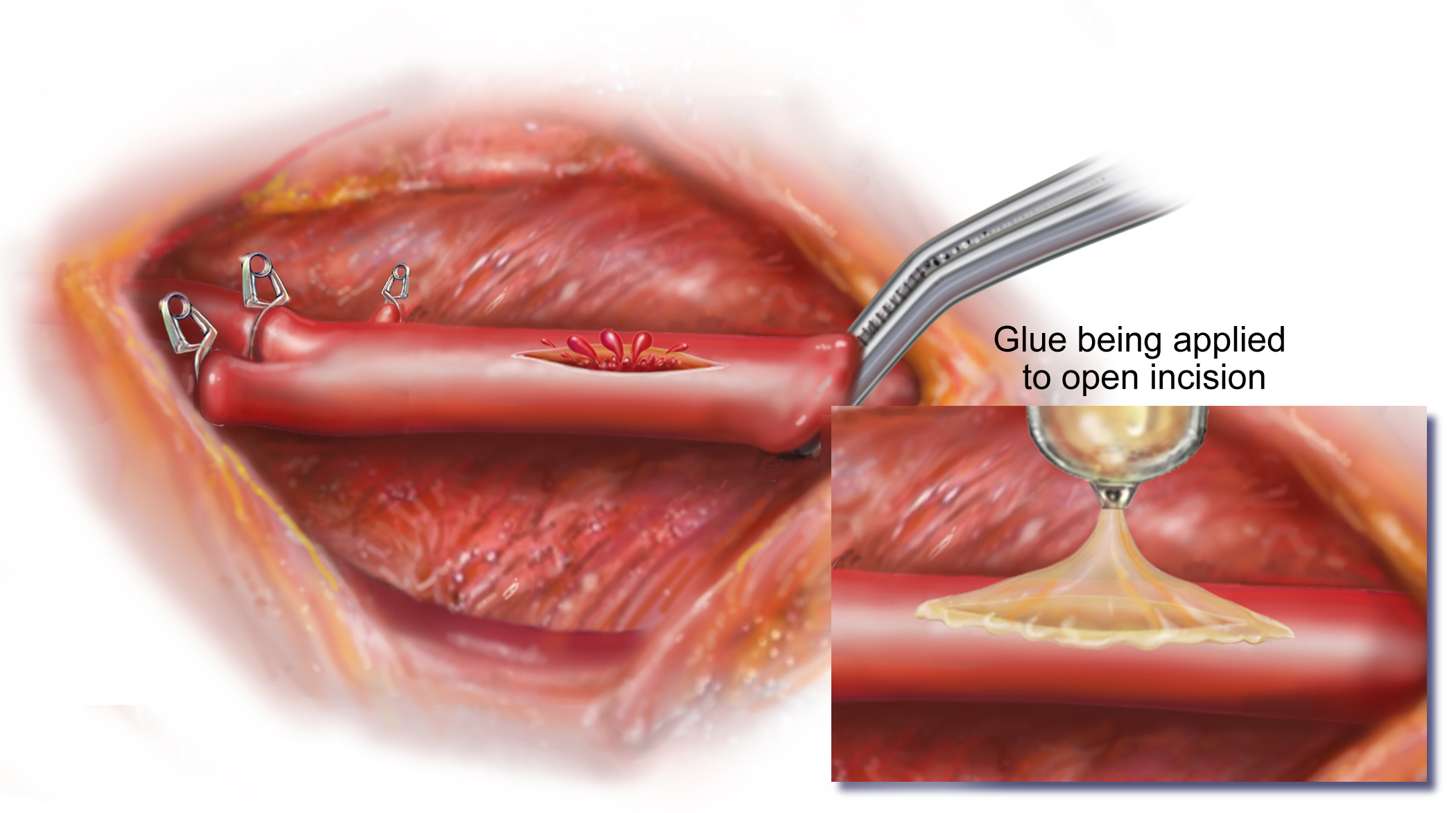
If metal isn’t supposed to go in microwave ovens, why do some of them have metal racks?

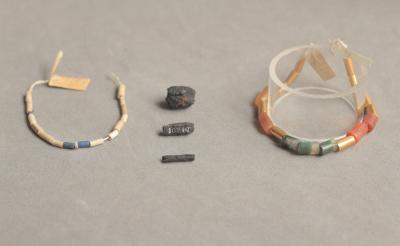

If metal isn't supposed to go in microwave ovens, why do some of them have metal racks?

Researchers are developing nano-sized batteries to power medical devices and miniature robots.
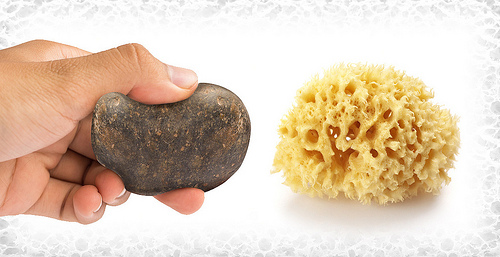
Under the right conditions, a material can actually expand and become less dense under pressure.
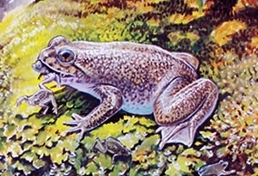

LIGHT - Lightning bugs inspire LED design. A new type of light makes others look dim by comparison. And, could lightning be related to migraine headaches?
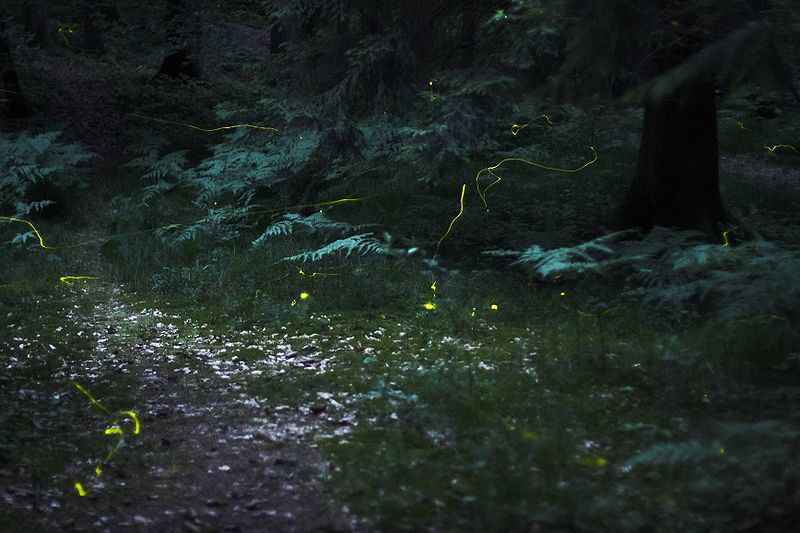

The discovery of ancient wooden wells in Germany reveals that Neolithic woodworking was more sophisticated than previously believed.
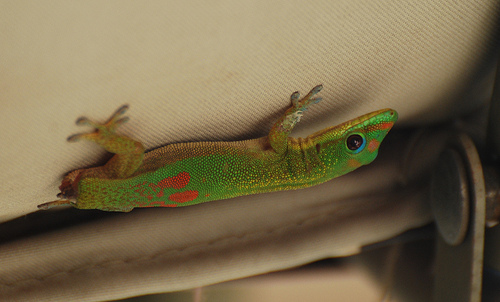
Modifying the digestive process of bacteria could produce a useful fuel from common fats.
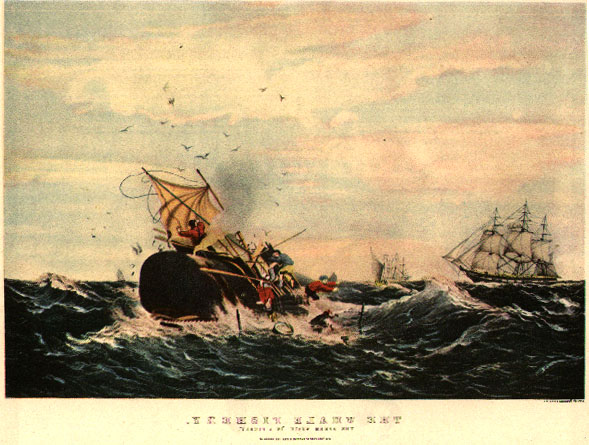

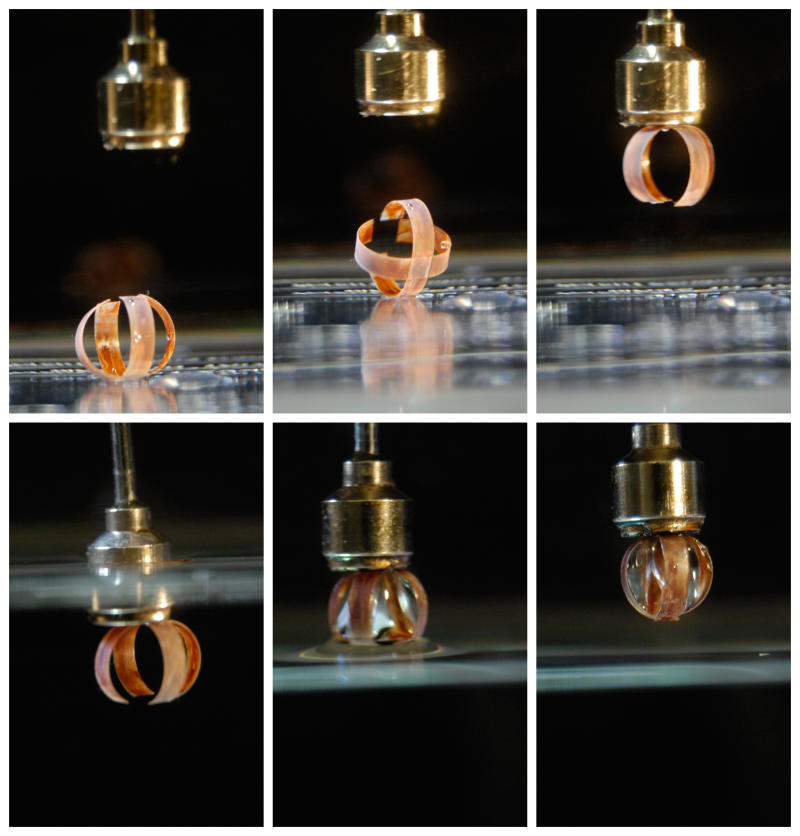
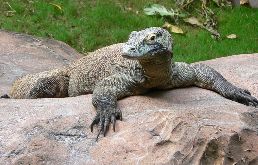
SURVIVAL - Why female Komodo dragons die young, a whale that sounded like a person, and algae that flee their predators. Also: how the brain's insulation differs between us and chimpanzees, and why that insulation is so important to social development.
Cosmic rays called muons could help detect uranium in damaged Japanese nuclear reactors.
